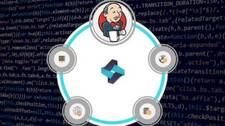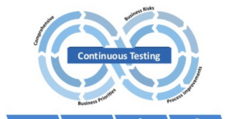Fundamentals Tutorial of Selenium
What is Selenium? Selenium is an open-source suite of tools primarily used for automating web applications for testing purposes, but it can also be used for various other web-related tasks. It provides a way to interact with web elements, simulate user actions, and automate browser interactions. Selenium supports multiple programming languages and browsers, making it a versatile choice for web automation tasks. What are the top use cases of Selenium? Selenium is a popular tool for automating web-based testing. It
Read more
